Upon successful completion of the Exam SC-200: Microsoft Security Operations Analyst certification training course, you will earn the SC-200 certification. This esteemed certification, offered by Microsoft, validates your expertise as a Security Operations Analyst and signifies your proficiency in analyzing and responding to security incidents using Microsoft technologies. The SC-200 certification enhances your professional profile, demonstrates your knowledge of security operations analysis best practices, and opens doors to new career opportunities in the field. By investing in this course, you can enhance your skills, gain practical experience, and contribute to the effective management of security incidents in organizations.









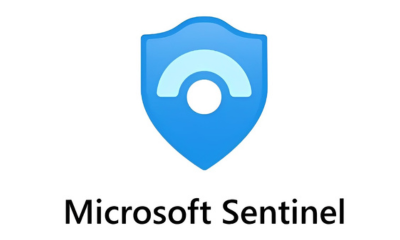
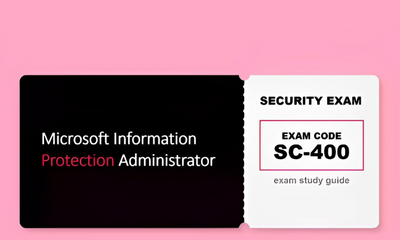



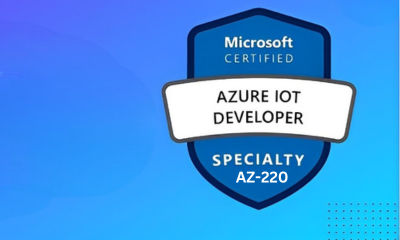
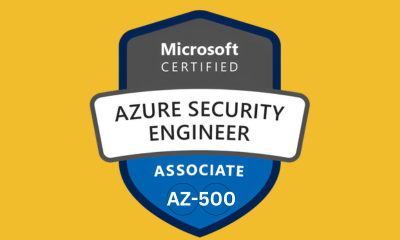
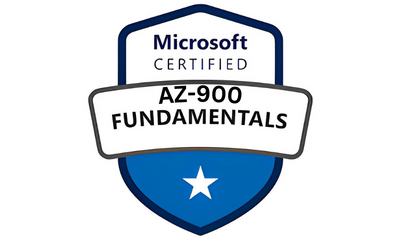
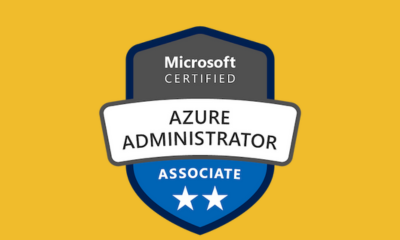


_CC638126105379341453_.jpg)







